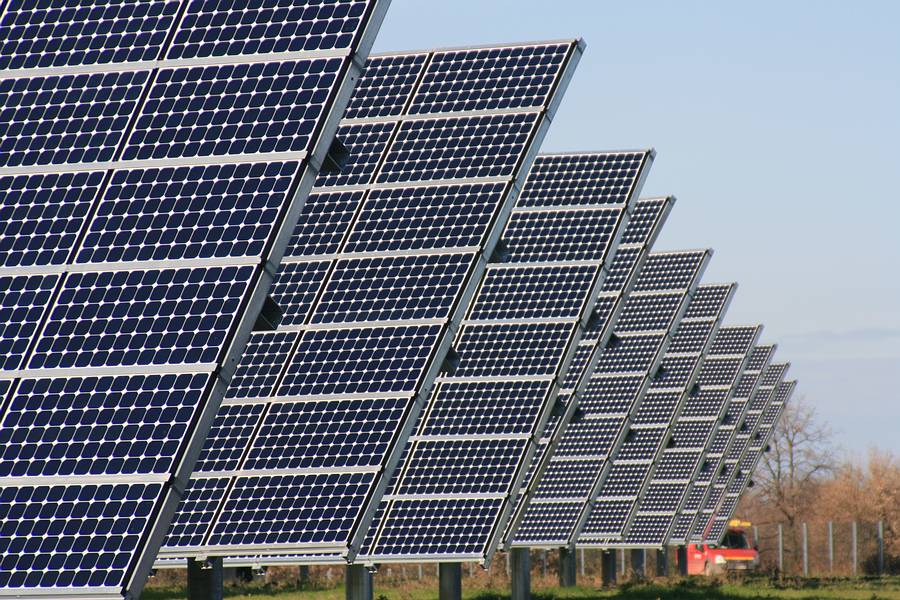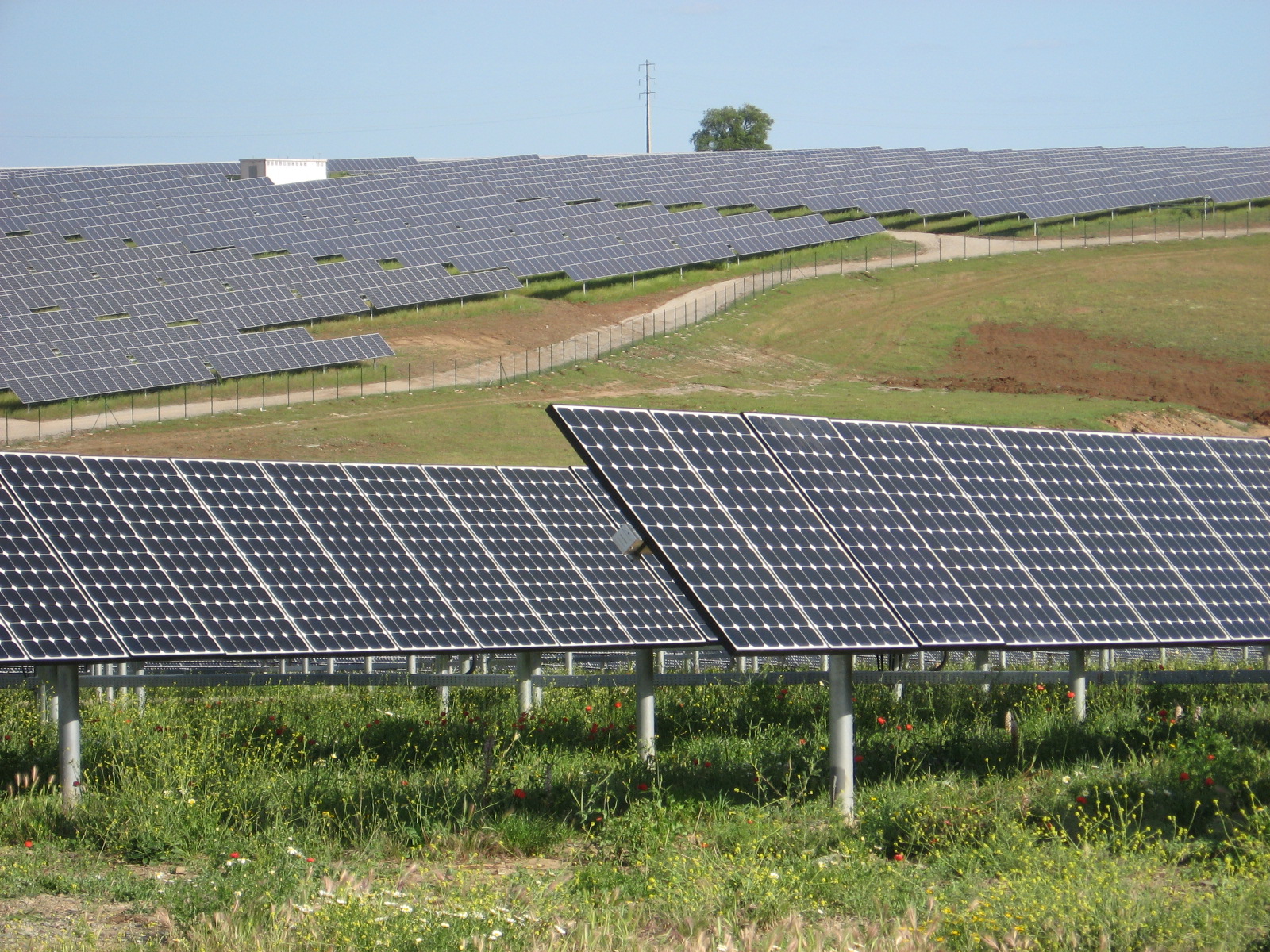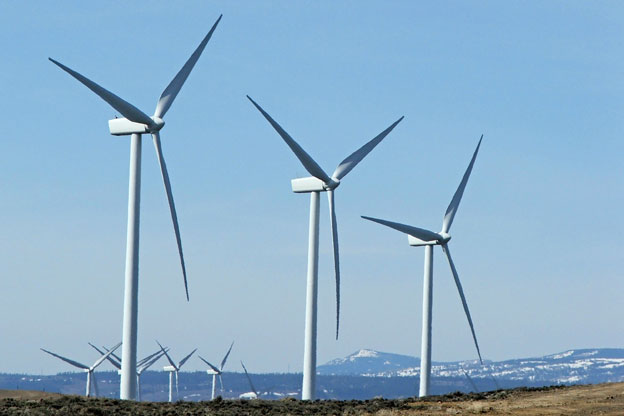


Renewable Energy
Investment Opportunities, Industries and Sectors
One of government’s key strategic objectives is to increase total electricity generated from renewable resources to 10% by 2020. This number doesn’t include hydro energy. The first solar power plant was commissioned on the 9 May 2013 at Navrongo in northern part of Ghana: a 2MW plant. As of 2019, the renewable component of Ghana’s installed capacity is 22.5 megawatts.
Ghana’s commitment is well represented by the Renewable Energy Act, 2011 – Act 832 passed in 2011, which gives a framework to the sector. It contains multiple incentives, regulation and strategy that are aimed at opening up the industry and creating a desirable environment for private entities.
Key provisions of the Act:
• ’Feed-in-tariff’ scheme – under which electricity generated from renewable energy sources by the private sector would be offered a guaranteed price
• ’Purchase obligation’ – under which power distribution utilities and bulk electricity consumers would be obliged to purchase a certain percentage of their energy from electricity generated from renewable energy sources
• ’Off-grid Electrification’ – promote mini-grid and stand-alone renewable energy systems for remote off-grid locations
• ‘Licensing regime’ – for commercial renewable energy service providers among others to ensure transparency of operation in the renewable energy industry
• The duty- and tax-free importation of renewable energy technologies
• Incentives to compensate for the large initial capital investment
One of the main focus areas is the provision of solar energy systems to remote and off-grid parts of the country and schools and hospitals in these communities.
